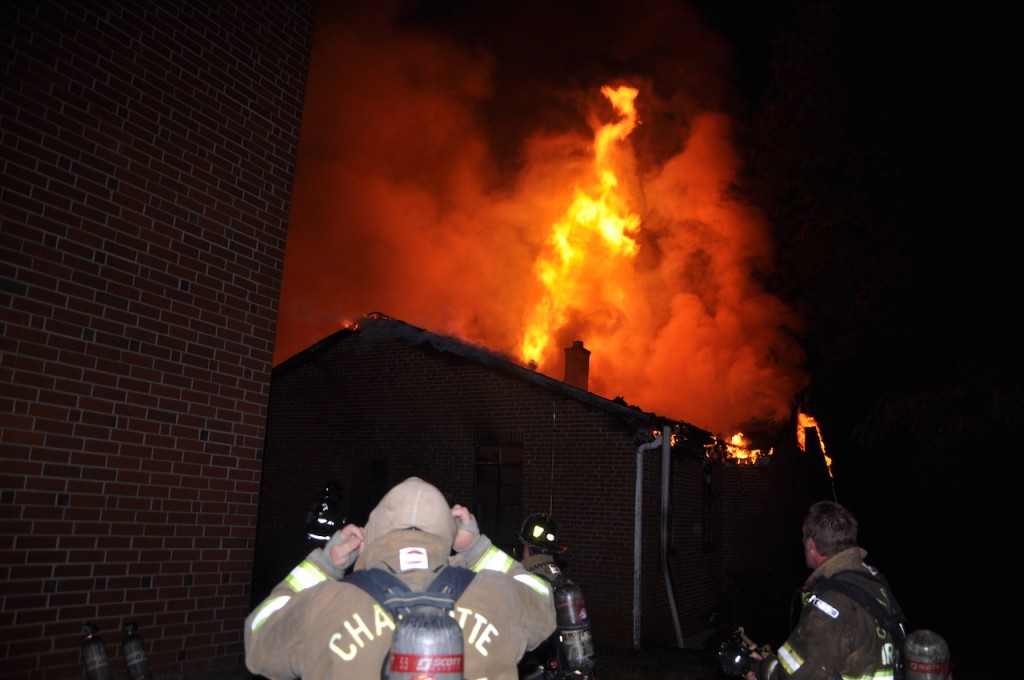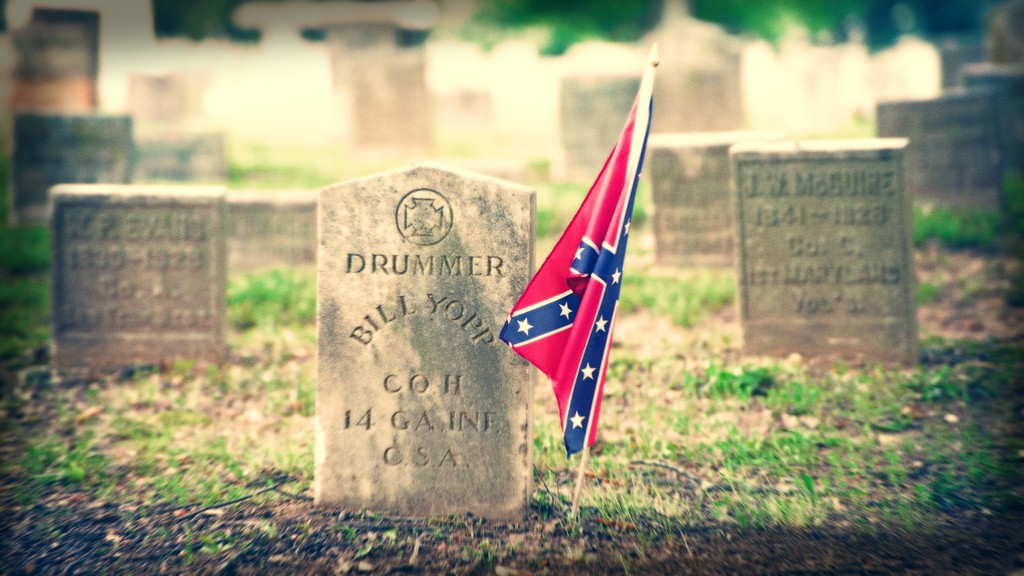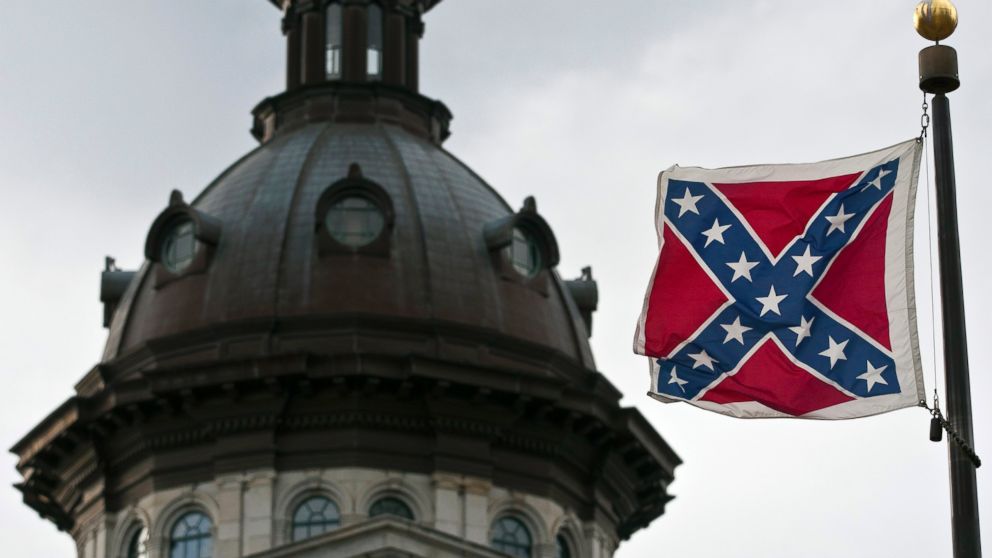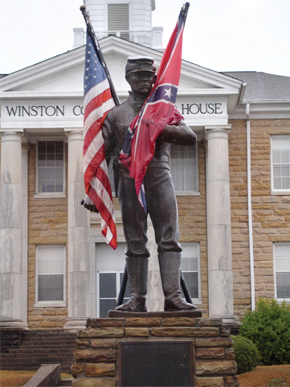
Black churches are burning again.
If you want to know what terrorism in America actually looks like you need cast your gaze no further than the charred ruins of the half dozen predominantly African-American churches that went up in flames in the week following the mass killing at Emanuel AME Church in Charleston, S.C.
While our popular imagination conjures up images of self-radicalized ISIS wannabes around every street corner, historically American terrorism is more likely to look like the image above than it is black-clad militants marching behind jihadi banners.
While an ATF investigation has so far found no evidence that these six fires are either related to each other or even racially motivated, such has not always been the case. In the 1960s and again in the 1990s, waves of arson and bombings targeted black churches across the South. It is the memory of those attacks, and the fact that they come on the heels of Charleston, that has led to the fear that the recent spate of burnings represented a resumption of white supremacist terrorism.
These incidents are a reminder that, with a few notable exceptions, and a single extraordinary one on Sept. 11, 2001, the story of terrorism in the United States has long been one of Americans using violence against Americans in support of causes or in the pursuit of goals that are embraced by yet other Americans. From New Left revolution, anti-war, and black liberation struggles of the 1960s and 1970s, to anti-abortion fervor and radical environmentalism in the 1980s and 1990s, and racial hatred throughout, American terrorism typically has been truly all-American.
This ought not surprise us.* Public opinion surveys conducted in 1981, in 1995, and in 2000 found that Americans, while unreservedly condemning terrorists as a category, were unwilling to reject the use of violence as a tool of political change. In the 1981 study, 15 percent of those surveyed said there were circumstances when terrorism could be justified. That percentage stood at 17 percent in the 1995 study and rose as high as 26 percent in 2000.
What the above signals is that there are likely mitigating qualities that some Americans see in terrorism and terrorist actions that allows them on the one hand to categorically abhor terrorism and terrorists yet simultaneously claim that terrorism may be justifiable. Even after 9/11 public opinion surveys provide evidence that suggests that meaningful percentages of Americans continue to hold sympathetic attitudes toward some terrorist organizations.
Here is one astonishing example of Americans’ attitudes about terrorism that is worth thinking about. Six months after Timothy McVeigh bombed the Murrah Federal Building in Oklahoma City, killing 168 and wounding another 800, the public was asked whether they had a positive, neutral, or negative attitude toward McVeigh. A startling 5 percent of respondents said they had a very positive or somewhat positive view of McVeigh, while 12 percent reported that they had neutral feelings about the individual who was responsible for carrying out what was at the time the single deadliest act of terrorism ever on American soil.
We need to remember, as we approach the Fourth of July holiday, that the face of American terrorism looks a lot more like Timothy McVeigh and Dylan Roof than Osama bin Laden or Mohamed Atta.
*I wrote and presented a paper on this at a conference in 2009 at the University of Missouri. The piece is unpublished, and desperately in need of updating, but you can download and read a copy here.


